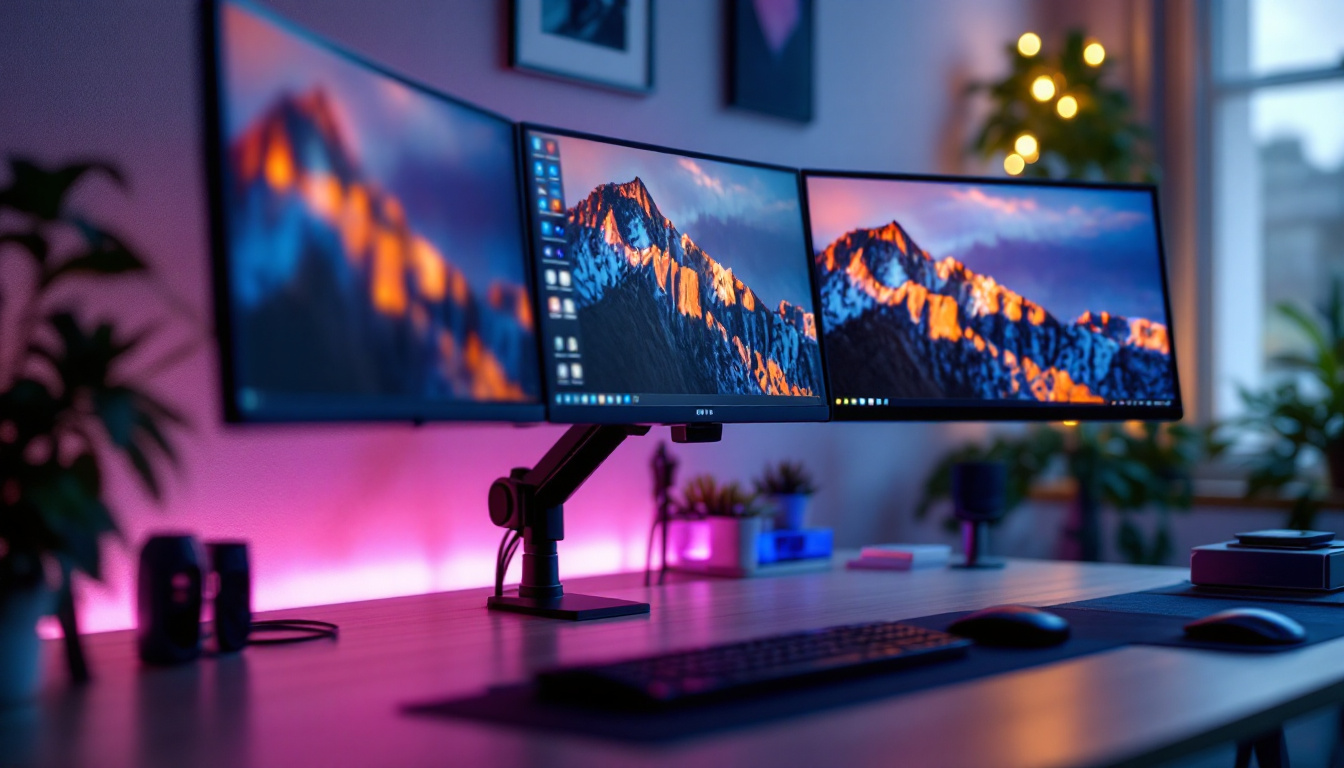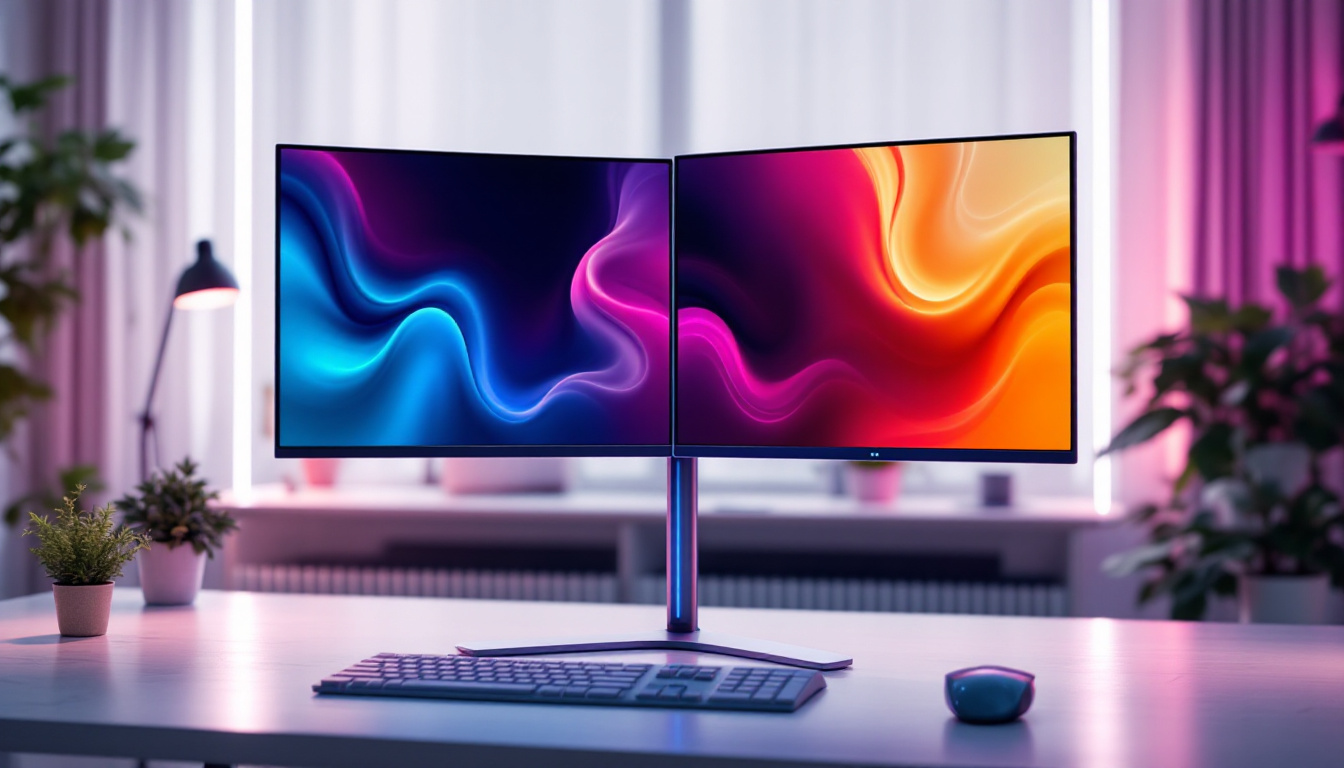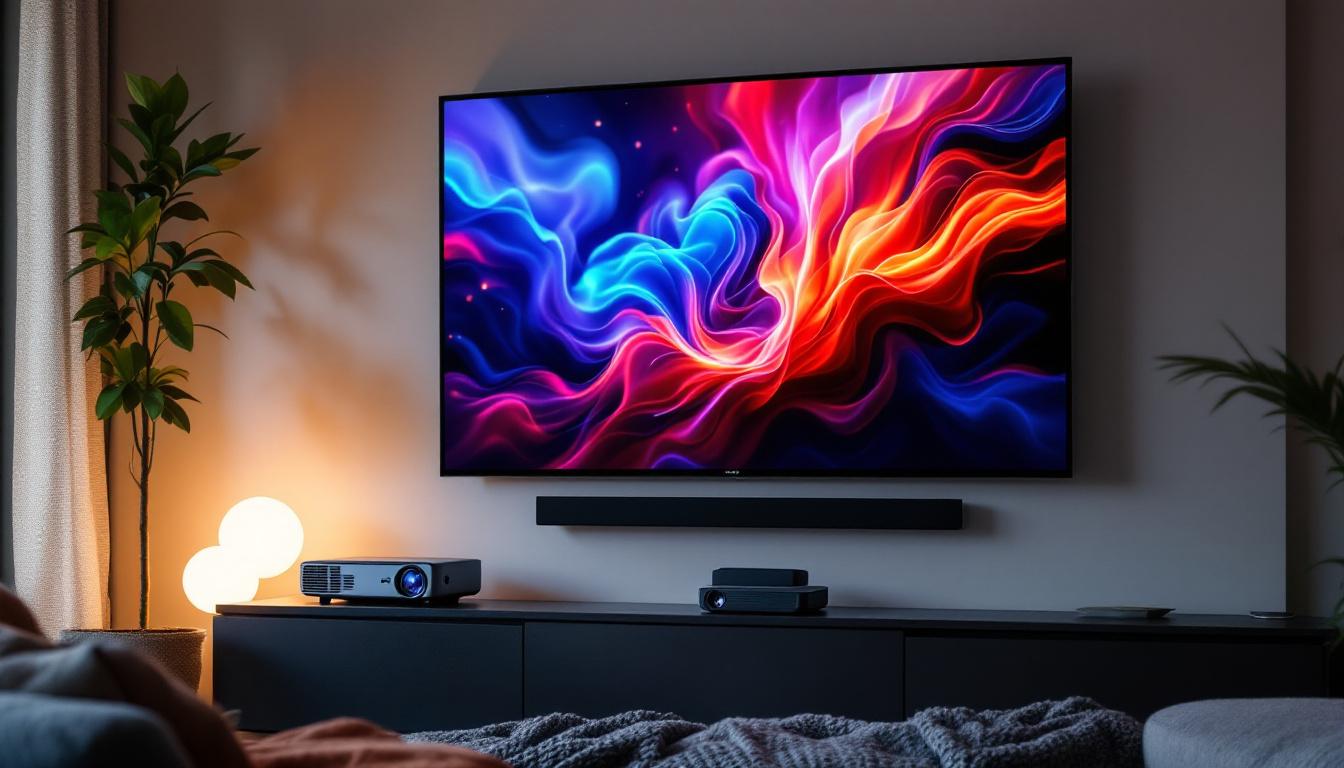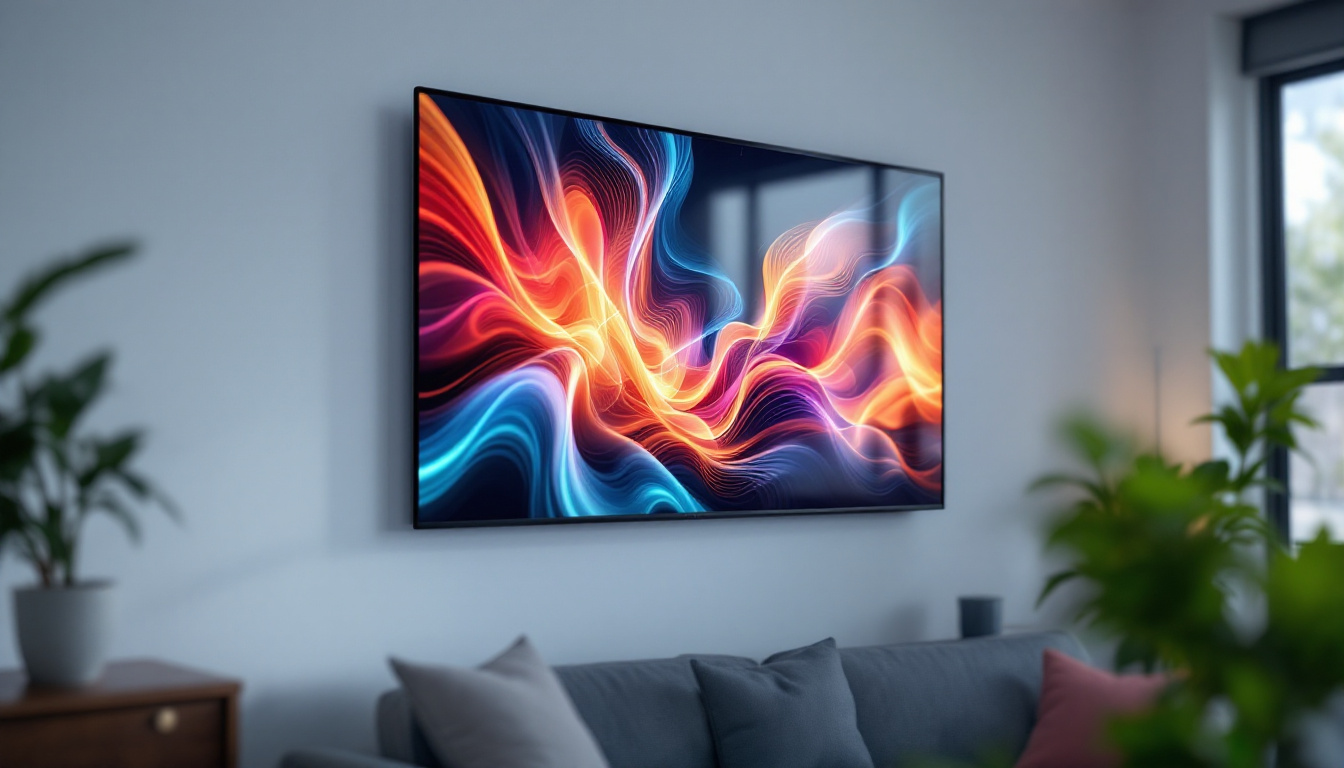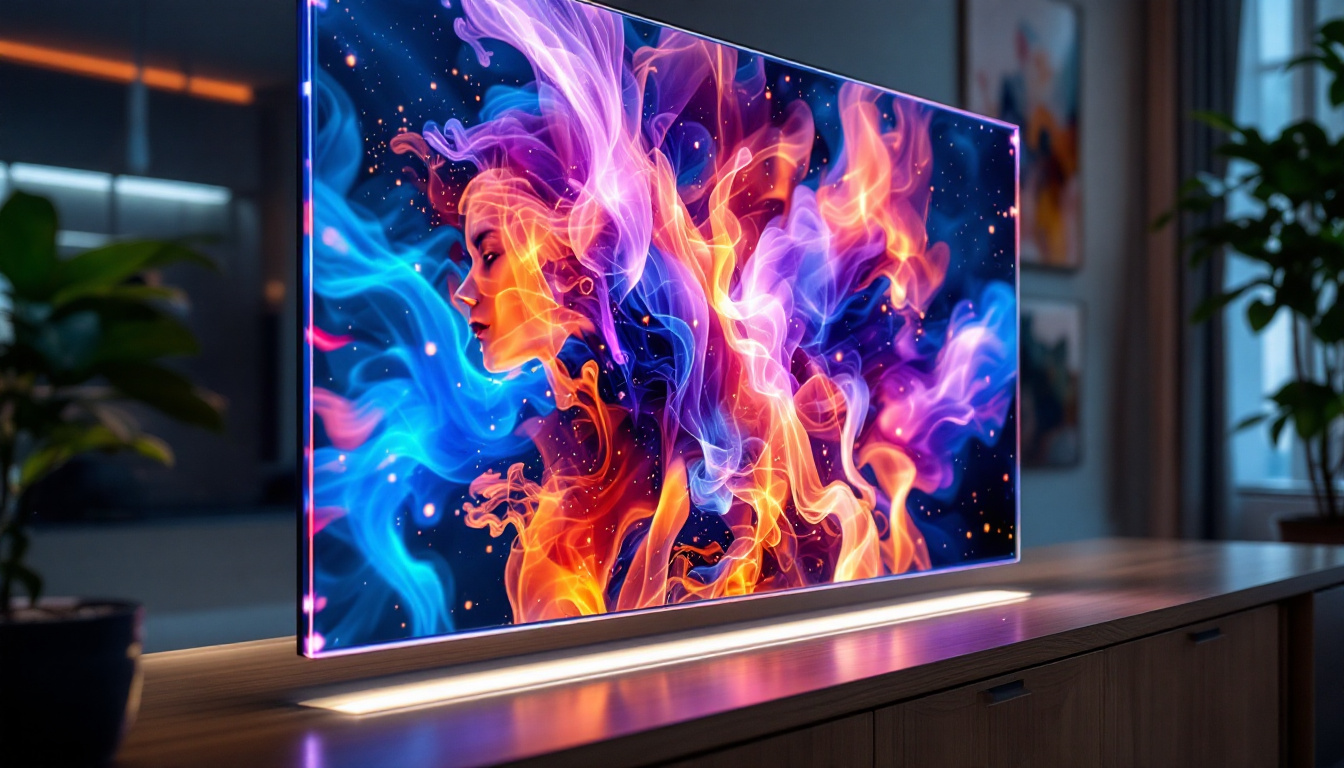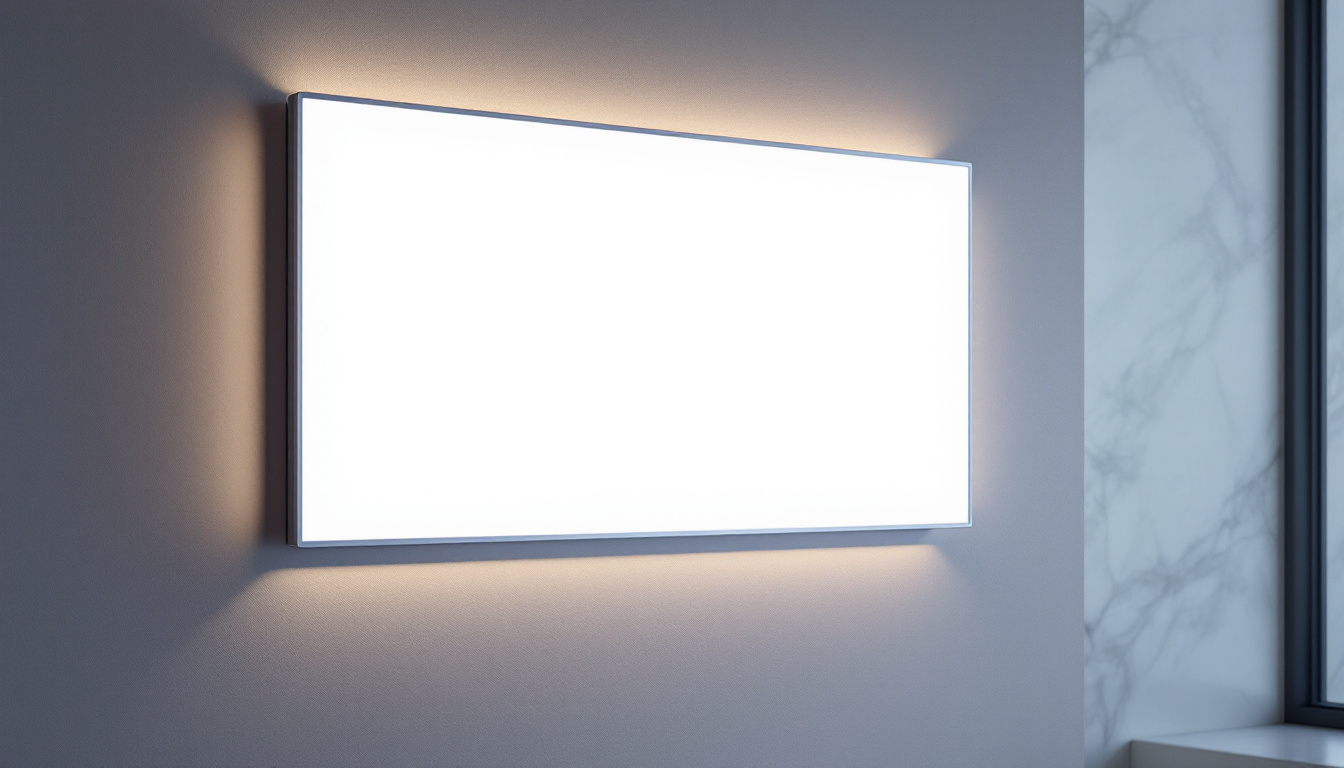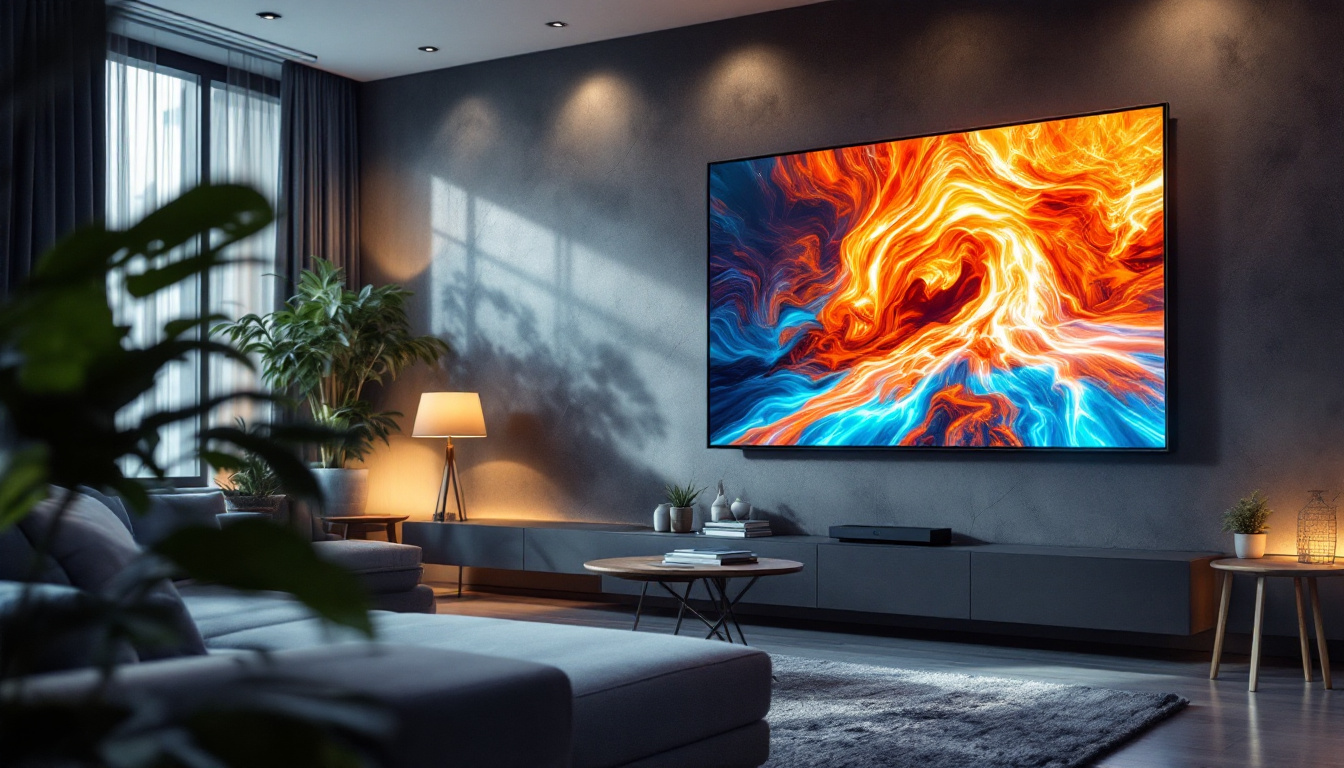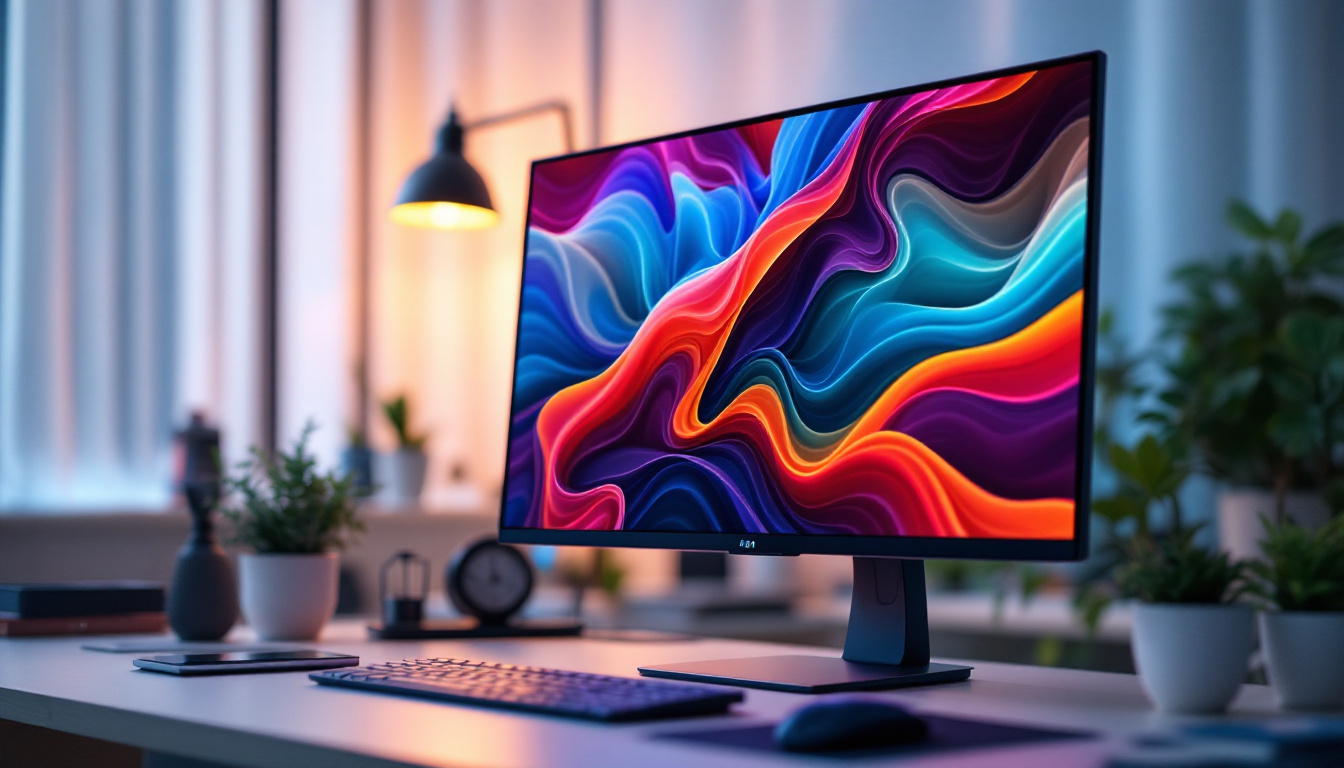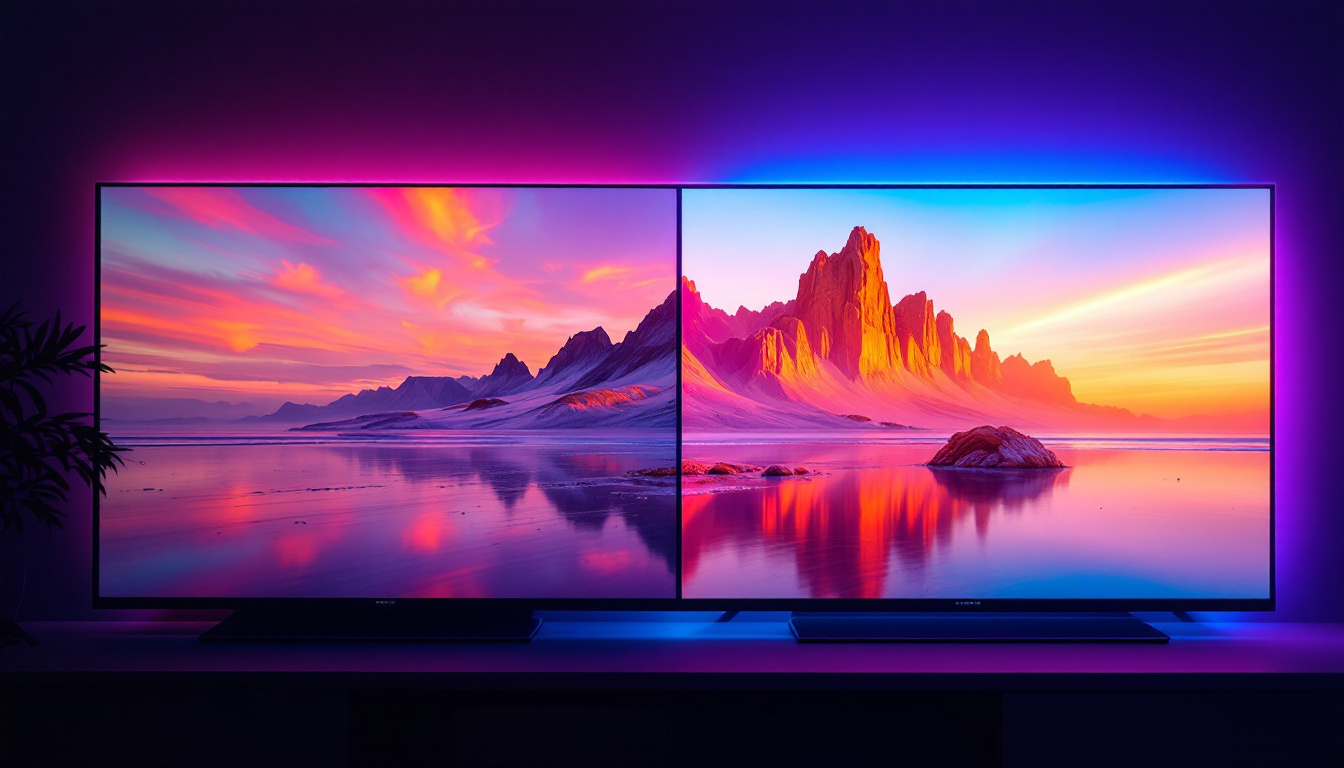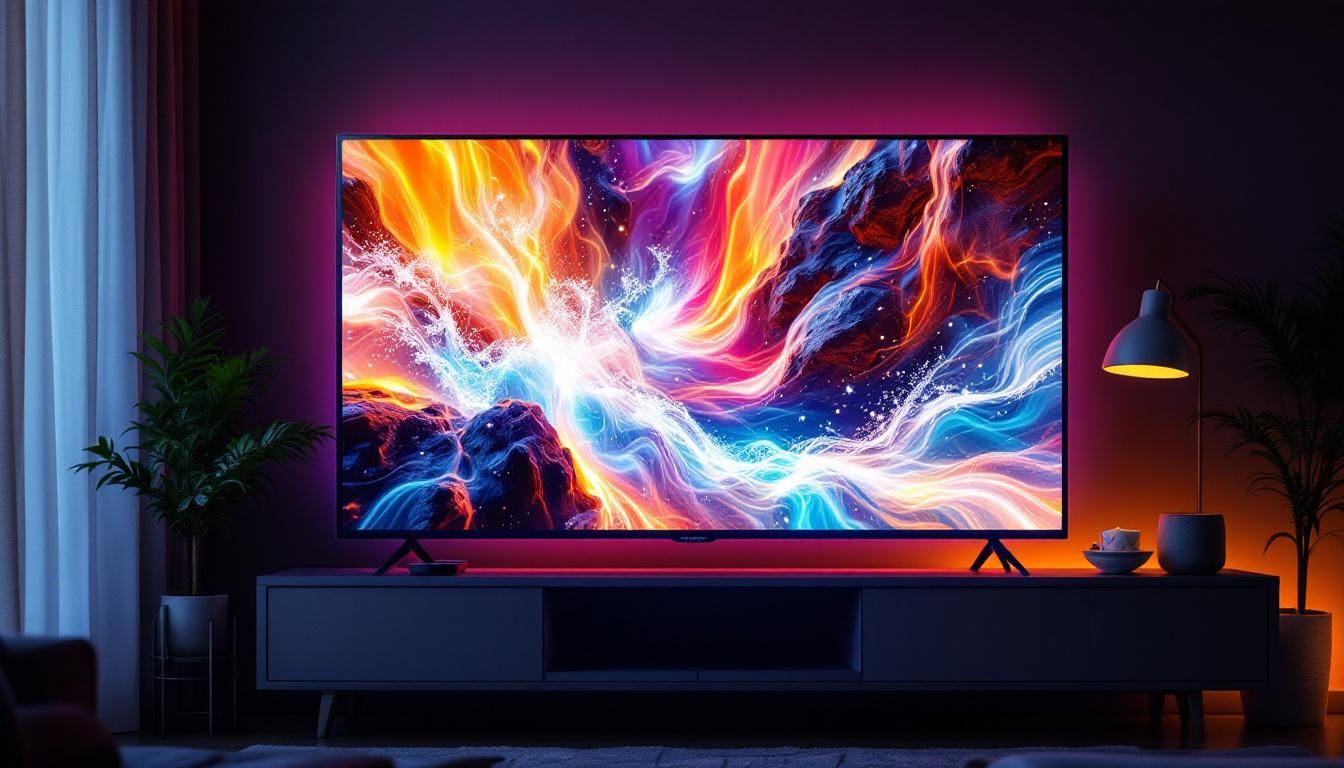In today’s digital age, the way we interact with screens has evolved significantly. One of the most prominent advancements in display technology is the LED wallmount monitor. These monitors not only offer superior visual quality but also enhance the aesthetic appeal of any space. This article delves into the intricacies of LED wallmount monitors, exploring their features, benefits, and applications.
Understanding LED Technology
LED, or Light Emitting Diode, technology has revolutionized the display industry. Unlike traditional LCD screens that rely on backlighting, LED displays utilize individual diodes to produce light. This fundamental difference leads to various advantages, making LED monitors a popular choice for both personal and professional use.
How LED Displays Work
At the core of an LED display is a matrix of tiny diodes that emit light when an electric current passes through them. These diodes are arranged in pixels, which combine to create images. The ability to control each diode independently allows for greater contrast and color accuracy, resulting in vibrant visuals.
Moreover, LED displays can be categorized into two main types: Direct LED and Edge-Lit LED. Direct LED displays feature a backlight that spans the entire screen, providing uniform brightness. In contrast, Edge-Lit LED displays position the diodes along the edges of the screen, using light guides to distribute brightness across the display. Each type has its own advantages, catering to different user needs and preferences. For instance, while Direct LED displays are often favored for their superior brightness and color uniformity, Edge-Lit displays are typically thinner and more lightweight, making them ideal for sleek, modern designs.
Benefits of LED Technology
LED technology offers several benefits that make it a preferred choice for wallmount monitors. Firstly, LED displays are known for their energy efficiency. They consume significantly less power compared to traditional displays, making them environmentally friendly and cost-effective in the long run.
Additionally, LED monitors provide superior brightness and contrast ratios. This means that images appear sharper and more vibrant, even in well-lit environments. The wide viewing angles of LED displays also ensure that colors remain consistent, regardless of the viewer’s position. Furthermore, LED technology is known for its longevity; many LED displays can last up to 50,000 hours or more, significantly outpacing older technologies. This durability not only reduces the frequency of replacements but also contributes to lower overall waste, aligning with sustainable practices. As a result, businesses and consumers alike are increasingly turning to LED technology as a reliable and eco-friendly option for their display needs.
Features of Wallmount Monitors
Wallmount monitors are designed to be mounted on walls, providing a sleek and modern look. They come equipped with various features that enhance usability and functionality, making them suitable for a wide range of applications.
Design and Aesthetics
One of the standout features of wallmount monitors is their design. These monitors are often ultra-slim, allowing them to blend seamlessly into any environment. Whether in a corporate office, a retail space, or a home theater, wallmount monitors can elevate the overall aesthetic.
Furthermore, many models come with customizable mounting options. This flexibility allows users to choose the best height and angle for viewing, ensuring a comfortable experience. Some monitors even offer tilt and swivel capabilities, providing additional versatility. The sleek bezels on these monitors also contribute to a more immersive viewing experience, as they minimize distractions and maximize screen real estate. Additionally, many wallmount monitors are available in various color finishes, allowing them to match or complement existing decor, whether it be a minimalist white or a bold black.
Connectivity Options
Modern wallmount monitors are equipped with a variety of connectivity options, making them compatible with numerous devices. HDMI, DisplayPort, and USB-C are common ports found on these monitors, allowing users to connect laptops, gaming consoles, and streaming devices effortlessly.
Moreover, many wallmount monitors now feature built-in wireless connectivity options, such as Wi-Fi and Bluetooth. This advancement enables users to stream content directly from their devices without the need for cumbersome cables, further enhancing the user experience. In addition to these features, some models come with integrated smart technology, allowing users to access apps and services directly from the monitor without needing an external device. This means you can enjoy your favorite shows, browse the internet, or even conduct video calls directly on the monitor, making it a versatile hub for both entertainment and productivity.
Applications of Wallmount Monitors
The versatility of wallmount monitors makes them suitable for a wide array of applications. From commercial settings to home use, these displays can be found in various environments, each benefiting from their unique features.
Commercial Use
In commercial spaces, wallmount monitors serve multiple purposes. They are often used for digital signage, displaying advertisements, promotions, or important information to customers. Their high visibility and vibrant displays capture attention, making them an effective marketing tool.
Additionally, wallmount monitors are commonly used in conference rooms for presentations and video conferencing. Their large screens ensure that all participants can view content clearly, fostering better communication and collaboration.
Home Entertainment
For home users, wallmount monitors provide an excellent solution for home theaters and gaming setups. Their sleek design and superior image quality enhance the viewing experience, making movies and video games more immersive.
Moreover, wallmount monitors can also be integrated with smart home systems. This capability allows users to control their displays using voice commands or mobile apps, adding a layer of convenience to home entertainment.
Choosing the Right Wallmount Monitor
Selecting the ideal wallmount monitor requires careful consideration of several factors. Understanding the specific needs and preferences can significantly impact the overall satisfaction with the purchase.
Screen Size and Resolution
The first step in choosing a wallmount monitor is determining the appropriate screen size. Monitors come in various sizes, typically ranging from 24 inches to over 80 inches. The ideal size depends on the viewing distance and the intended use. For example, a larger screen is preferable for commercial settings where multiple viewers are present, while a smaller screen may suffice for personal use.
Resolution is another crucial aspect to consider. Higher resolutions, such as 4K or even 8K, provide sharper images and more detail. For professional applications, such as graphic design or video editing, opting for a higher resolution monitor can enhance productivity and accuracy.
Refresh Rate and Response Time
For users who plan to use their wallmount monitors for gaming or fast-paced video content, refresh rate and response time are vital specifications. A higher refresh rate, typically 120Hz or more, ensures smoother motion and reduces motion blur. Similarly, a low response time minimizes ghosting effects, providing a more enjoyable viewing experience.
These features are particularly important for gamers who require quick reactions and smooth visuals to maintain a competitive edge.
Installation and Maintenance
Once the perfect wallmount monitor has been selected, proper installation and maintenance are essential for optimal performance. Understanding the installation process and routine care can prolong the life of the monitor and ensure it operates at peak efficiency.
Installation Tips
Installing a wallmount monitor involves several steps. First, it is crucial to choose the right wall mount bracket that is compatible with the monitor’s size and weight. Wall mounts come in various styles, including fixed, tilting, and full-motion, each offering different levels of flexibility.
Before installation, ensure that the wall is sturdy enough to support the monitor. It is advisable to locate wall studs for secure mounting. Once the bracket is installed, carefully attach the monitor, following the manufacturer’s instructions to avoid damage.
Routine Maintenance
Maintaining a wallmount monitor is relatively straightforward. Regular cleaning is essential to keep the screen free from dust and fingerprints. Using a microfiber cloth is recommended to avoid scratching the display.
Additionally, it is important to check the connections periodically to ensure they are secure and functioning properly. Keeping the software and firmware updated can also enhance performance and security.
Future Trends in Wallmount Monitors
The technology behind wallmount monitors continues to evolve. As advancements in display technology emerge, future trends are expected to reshape the landscape of wallmount monitors.
OLED and MicroLED Displays
While LED displays dominate the market, emerging technologies like OLED (Organic Light Emitting Diode) and MicroLED are gaining traction. OLED displays offer superior color accuracy and contrast, making them ideal for high-end applications. On the other hand, MicroLED technology promises even better performance, with self-emitting pixels that provide exceptional brightness and energy efficiency.
As these technologies become more accessible, it is likely that wallmount monitors will incorporate them, offering users even more options for high-quality displays.
Smart Features and Integration
The integration of smart features is another trend to watch. As smart home technology becomes increasingly prevalent, wallmount monitors are expected to incorporate more advanced capabilities, such as voice control, AI integration, and seamless connectivity with other smart devices.
This evolution will not only enhance user experience but also create new possibilities for how wallmount monitors are utilized in both commercial and residential settings.
Conclusion
Wallmount monitors have transformed the way we interact with visual content, offering a blend of aesthetic appeal and advanced technology. With their energy-efficient LED displays, versatile applications, and future-forward features, they are set to remain a staple in both commercial and home environments.
As technology continues to advance, the potential for wallmount monitors will only grow, promising even more innovative solutions for users. Whether for business, entertainment, or personal use, understanding the intricacies of wallmount monitors can lead to informed decisions and enhanced experiences.
Discover LumenMatrix’s Innovative LED Solutions
Ready to elevate your space with the latest in LED display technology? LumenMatrix offers a comprehensive range of LED display solutions tailored to your needs. From captivating Indoor LED Wall Displays to dynamic Outdoor LED Wall Displays, and from versatile Vehicle LED Displays to sleek LED Poster Displays, our products are designed to revolutionize visual communication. Experience the future of digital signage with our LED Sports Displays, immersive Floor LED Displays, and customizable Custom LED Displays. Embrace the clarity and impact of LumenMatrix’s All-in-One LED Display and LED Transparent Display solutions. Check out LumenMatrix LED Display Solutions today and transform how you share your message with the world.






